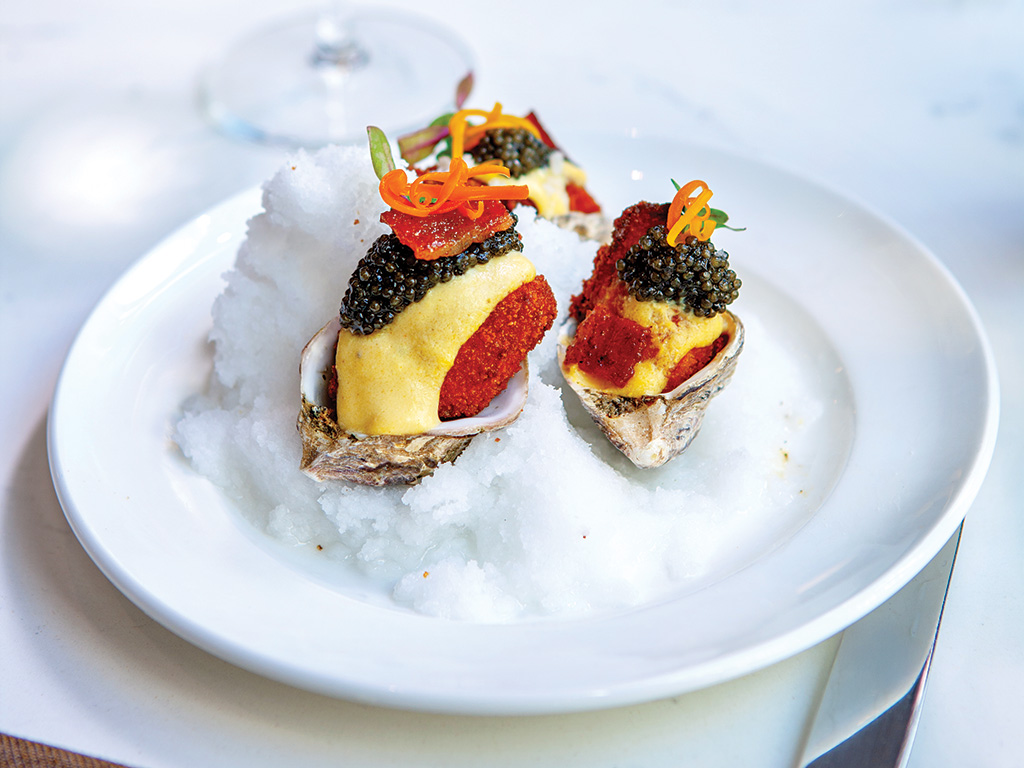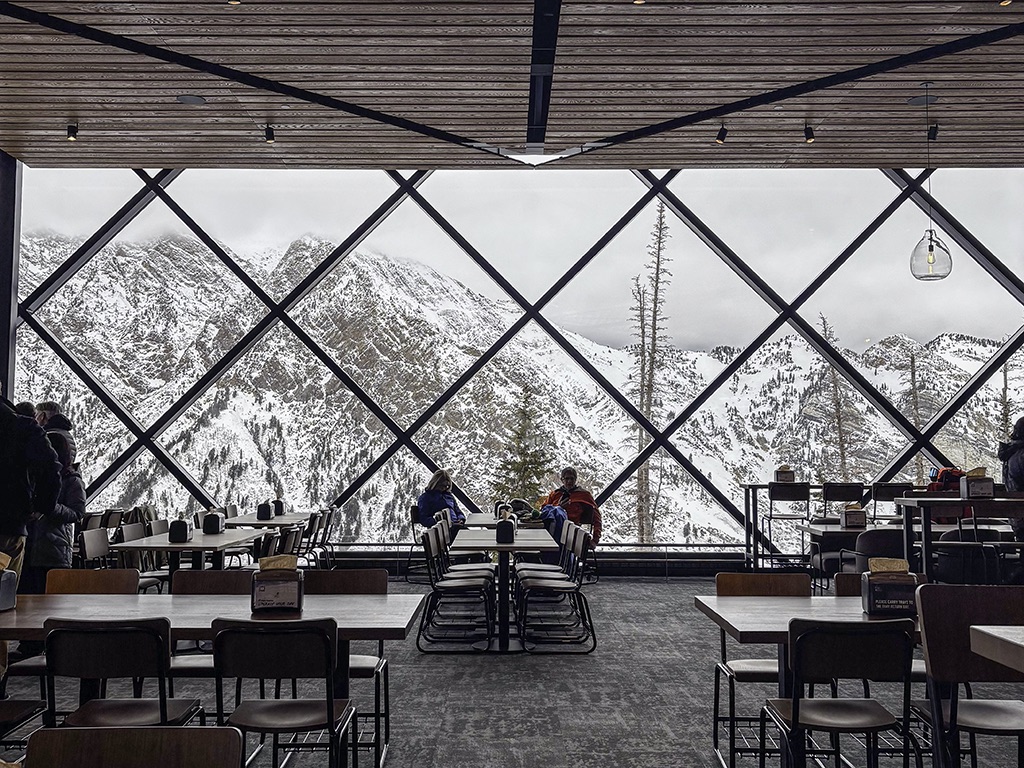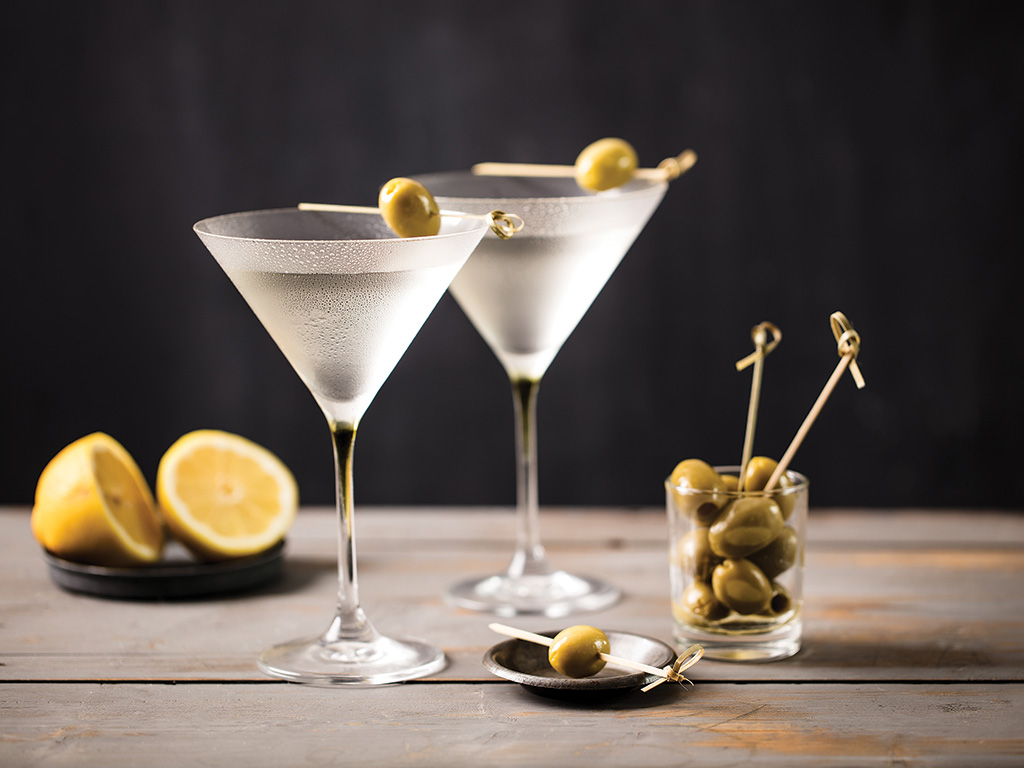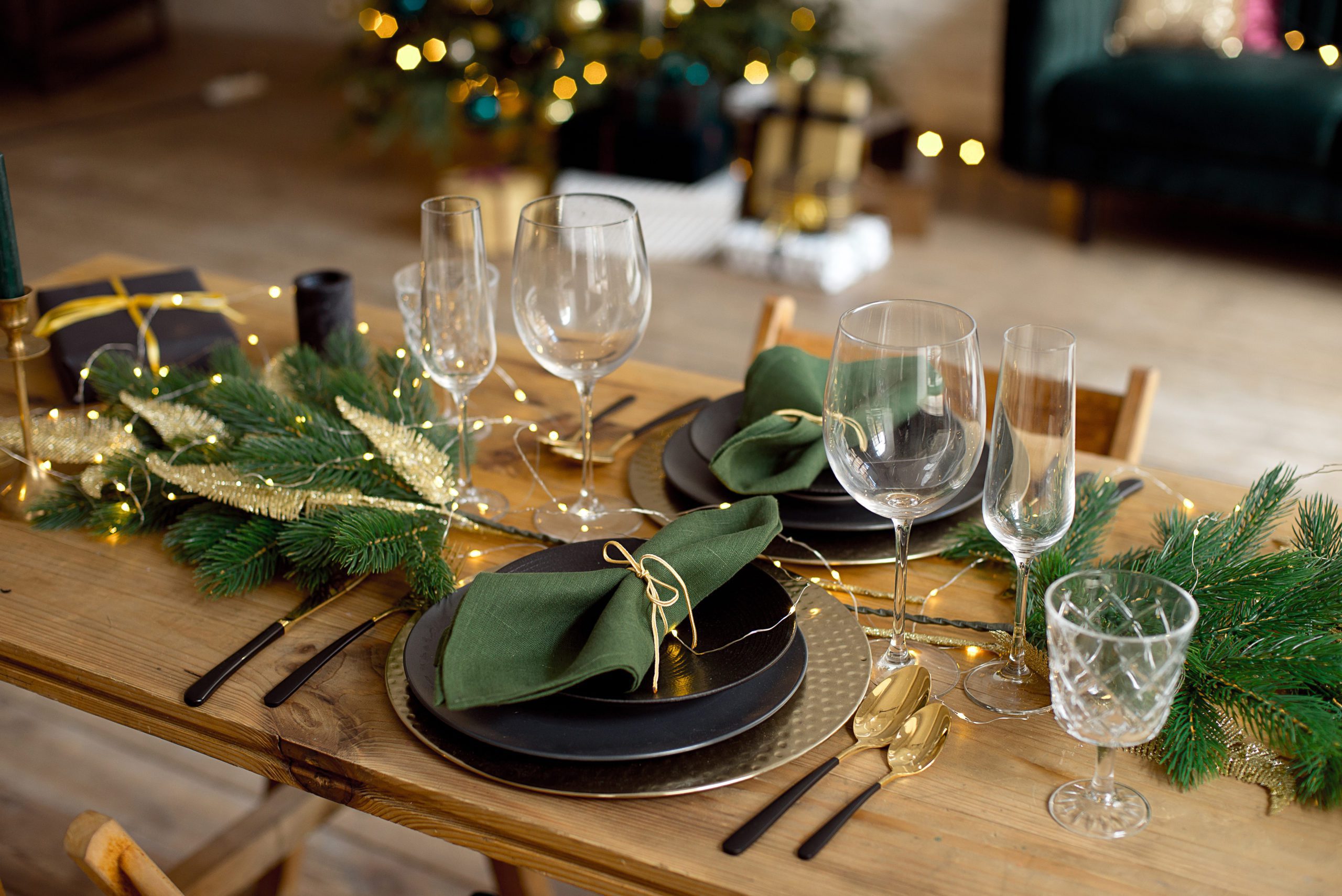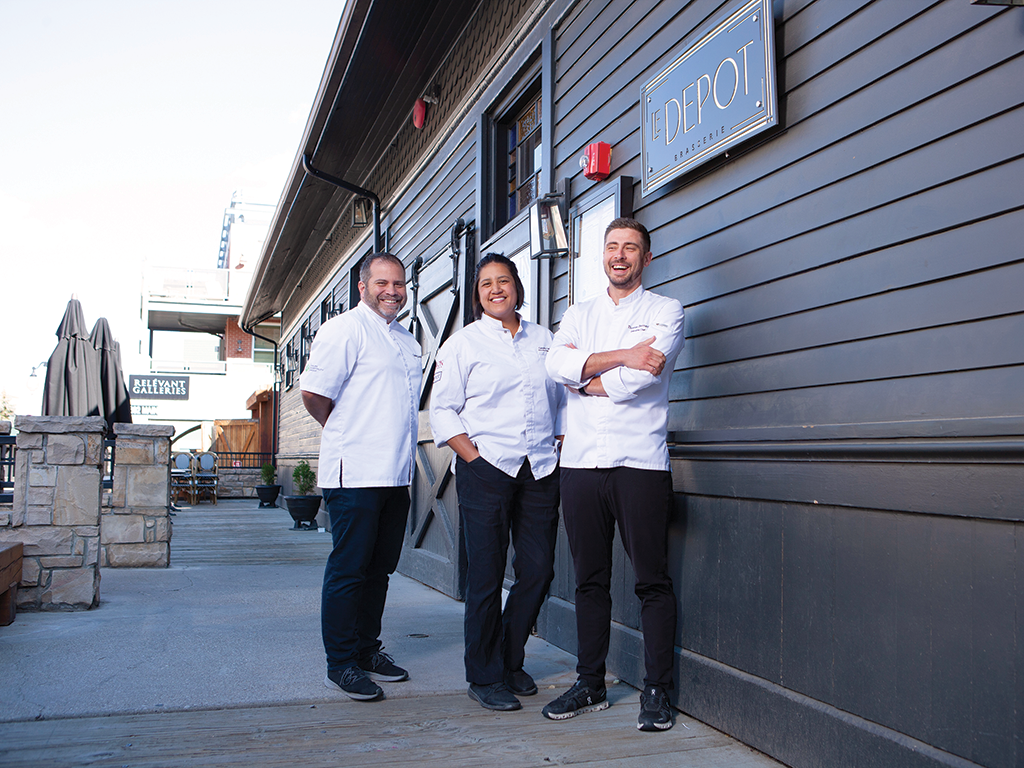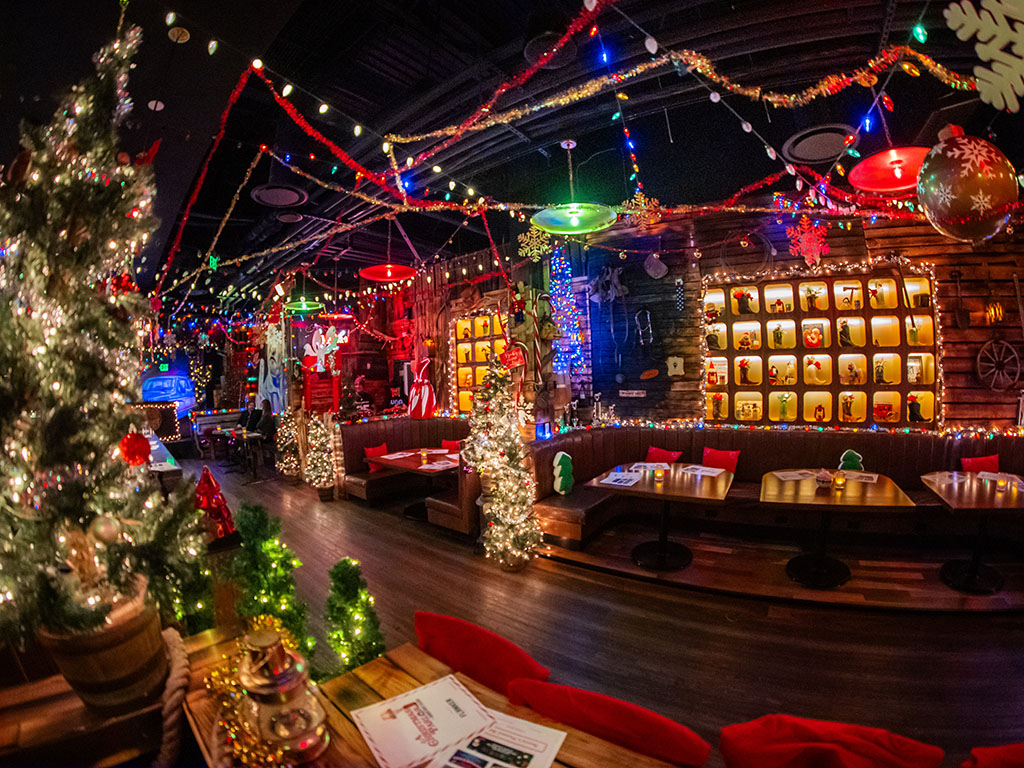

Discover Salt Lake Magazine’s Utah Restaurant Coverage. Here you’ll find reviews of the Best Utah Restaurants in Salt Lake City, along the Wasatch Front and Back, and around Utah to help you discover amazing Dining and Nightlife Experiences at Utah Restaurants. And check out our Dining Guide, for an online collection of reviews and information about Utah Restaurants from the editors of Salt Lake Magazine. Each year Salt Lake Magazine presents its coveted list of the Best Restaurants in Utah in the Salt Lake Magazine Dining Awards. View our archive of winners and discover the Best Dining in Utah.

